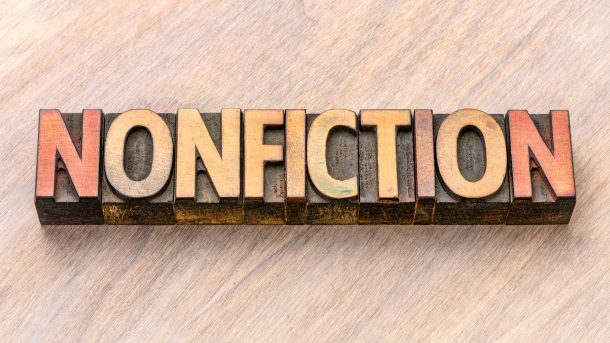The process of writing a novel is a lot like the research involved in writing a nonfiction book. The only difference is that while you can only write one nonfiction book, you can write as many novels as you want.
If you are going to write a book or nonfiction work, you need to do some research. The first step is to find the topic to write about. Then you need to find out what kind of book you will be writing. Next, you need to find a publisher that will accept your book. Once that’s done, you can sell your book to the publisher.
There are a number of ways to research a nonfiction book. The first is getting a large number of sources. Reading is a good way to do this. You can get a large number of sources or people to talk to by writing or contacting publications. Sometimes, if you’re researching specific people or events, you may not find much-existing literature on them. That’s common.
Plenty of non-fiction works start with a journalistic intent, which involves tracking down people who are witnesses to your book’s topic and recording their experiences to make a timeline. However, some people may not always be easy to find, which is why you can Click here visit bondrees.com or hire a PI from a similar website. Their expert methods can provide you with an abundance of information and could be great for your research. The bottom line is, you may have to employ a number of ways to unearth the appropriate information when researching your book. But what happens when you don’t find anything?
Not every book is well-suited for nonfiction: many of the best books are fiction, while many more are memoirs. But there are many nonfiction books as well that are well-suited for the written word.
The first thing is to pick a topic. Although it’s not a requirement, you’ll probably have a better time if you have a clear idea of what you want to write about.
After that, you may want to think about:
- – First, what it is you want to say.
- – Then, decide exactly how and where you want to say it.
- – Finally, write it down.
Writing a nonfiction book is a challenging task and one that can be made even more difficult if you do not have the ability to research and write an engaging introduction.
In a recent article, I mentioned that I’ve been writing my next nonfiction book. So, I would like to share a few tips and tricks I used when researching it. I had a small budget, and I was writing it on a tight schedule.
There are several ways to research a nonfiction book. One way is to read a lot of books on the subject, then take what you learned from each book and try to put the pieces together to write a book of your own. However, many people prefer to do some of the research themselves and then choose authors who have already written about the subject.
Writing a nonfiction book can be a lot of work, and one of the biggest challenges is finding the right sources. While some books and articles can be easily found online, others may require a bit more research. For example, while a review of a book can be found online, information on the author may be harder to find.
In a nutshell, research is the soul of writing, but how do you go about researching? Here are steps every nonfiction author should follow:
- Choose a topic. Before you dive into research, you need to know what kind of book you want to write. This may seem obvious, but many authors don’t start by figuring out their story.
- Choose a niche. If you’re not sure what kind of book you want to write, start by researching topics that interest you. Books on a variety of topics are available in all genres, from crime to travel. If you’re writing a memoir, choose something you can relate to. If you’re writing a cookbook, choose a cooking topic.
- Learn about your topic. If you’re about to write a nonfiction book, you’ve probably already completed a preliminary number of steps before you start writing. You know the basics: research an idea, find your subject, outline your book, write an outline, and write the first draft. But there’s also more to it than that. Nonfiction books are written in stages, and with each stage comes a different set of steps.




